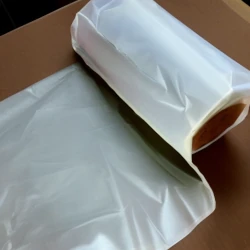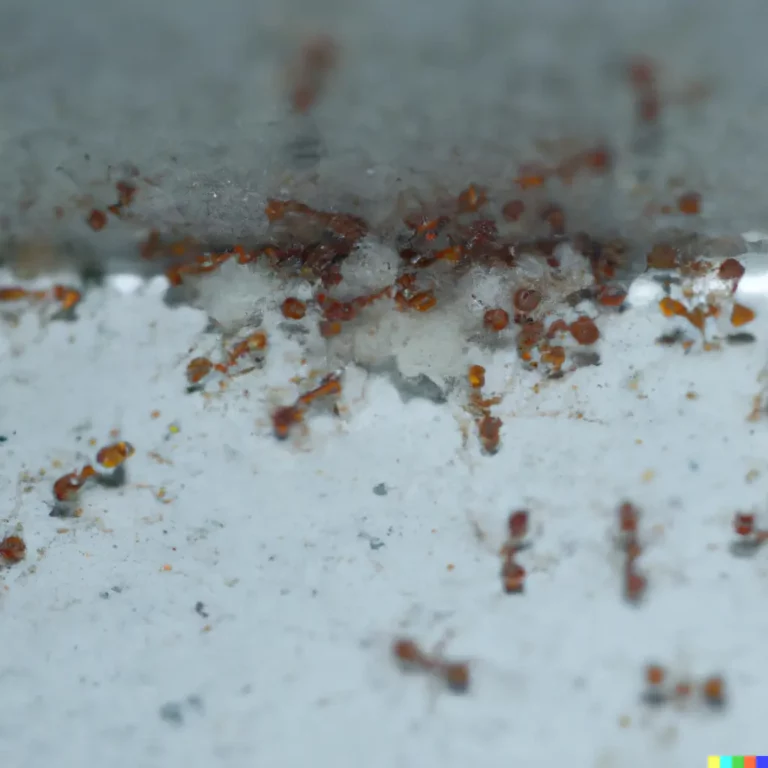Where do japanese beetles go at night
You’ve just finished up a long day of gardening and are ready to call it a night. As you’re packing away your tools, you notice a few Japanese beetles crawling around on your plants. You’ve heard that these pesky insects can do serious damage to your garden, so you wonder where they go at night. Do they just disappear and reappear the next day, or is there somewhere they go to hide out? So, Where do japanese beetles go at night exactly?
As it turns out, Japanese beetles do have a specific place they go at night – and understanding their behavior can help you protect your garden from their destructive habits.
What are Japanese Beetles?
Japanese beetles are a type of insect that are native to Japan but have been introduced to other parts of the world, including the United States. These insects are known for their shiny, metallic green bodies and copper-colored wings. They have a voracious appetite and are known to attack a wide variety of plants, including flowers, fruits, vegetables, and even grass.
While they are only about the size of a penny, Japanese beetles can do significant damage to gardens and landscaping. They tend to feed in groups, which can quickly defoliate plants and leave them looking sickly and unkempt.
Where Do Japanese Beetles Go at Night?
So, where do these pesky insects go when the sun goes down? Japanese beetles are most active during the day, and they tend to rest at night. They usually go to a place where they can hide from predators and the elements.
One place Japanese beetles may go at night is underground. They have been known to burrow into the soil to escape the cold and dampness of the night air. This behavior is particularly common in cooler climates where the temperatures at night can drop significantly.
Another place Japanese beetles may go at night is under leaf litter or other debris. They may seek shelter under piles of leaves or branches to avoid being seen by predators. This behavior is more common in warmer climates where the temperatures at night remain relatively stable.
How to Keep Japanese Beetles Away from Your Garden at Night
Now that you know where Japanese beetles go at night, you may be wondering how to keep them away from your garden. There are a few strategies you can try:
- Use traps: Japanese beetle traps use pheromones to attract the insects, and then they get stuck in a sticky substance inside the trap. These traps can be effective at reducing the number of Japanese beetles in your garden, but they may also attract more beetles from the surrounding area.
- Use natural predators: Certain birds, such as grackles and starlings, are known to eat Japanese beetles. Encouraging these birds to visit your garden may help reduce the number of beetles.
- Use pesticides: If you have a severe infestation of Japanese beetles, you may need to resort to using pesticides to control them. There are a variety of products available, including both organic and synthetic options. Be sure to follow the label instructions carefully and apply the product according to the manufacturer’s recommendations.
- Plant resistant plants: Some plants are less attractive to Japanese beetles than others. Planting these varieties in your garden may help reduce the number of beetles that are attracted to your plants. Some examples of Japanese beetle-resistant plants include marigolds, geraniums, and zinnias.
Conclusion
By understanding where Japanese beetles go at night and taking steps to control them, you can protect your garden from these destructive insects. With a little bit of effort, you can keep your plants looking healthy and beautiful all season long.
FAQ
Japanese beetles are a type of insect native to Japan that have been introduced to other parts of the world, including the United States. They are known for their shiny, metallic green bodies and copper-colored wings, and are known to attack a wide variety of plants, including flowers, fruits, vegetables, and even grass.
Japanese beetles are most active during the day and tend to rest at night. They may go underground or seek shelter under leaf litter or other debris to avoid predators and the elements.
To keep Japanese beetles away from your garden at night, you can try using traps, encouraging natural predators, using pesticides, or planting resistant plants.
Some plant varieties that are less attractive to Japanese beetles include marigolds, geraniums, and zinnias. Planting these varieties in your garden may help reduce the number of beetles attracted to your plants.
Signs of Japanese beetle damage include holes in leaves, skeletonized leaves (leaves with only the veins remaining), and plants that look wilted or sickly.
Japanese beetles are not known to be harmful to humans or animals, although they can cause damage to plants in gardens and landscaping.
Japanese beetles reproduce through a process called sexual reproduction. Female beetles lay eggs in the soil, and the larvae (grubs) hatch and feed on plant roots until they are ready to pupate. The adult beetles then emerge from the soil and begin the cycle again.
The lifespan of a Japanese beetle is about one year.
The best time to control Japanese beetles is during the larval stage, when they are still grubs in the soil. This is typically in the late summer or early fall.
To control Japanese beetles in your lawn, you can try using a lawn insecticide specifically formulated to kill grubs. You can also use a natural control method such as introducing predatory nematodes to the soil, which will attack and kill the grubs.
It is difficult to completely prevent Japanese beetles from entering your garden, but you can reduce the likelihood of an infestation by planting resistant plants and using traps or natural predators.
Japanese beetles are attracted to plants with a sweet or fruity smell, as well as plants with bright colors. Some examples of plants that may be attractive to Japanese beetles include roses, grapes, and linden trees.
It is generally safe to touch Japanese beetles, although it is not recommended to handle them with your bare hands as their hard exoskeletons may scratch your skin. It is also important to wash your hands after handling Japanese beetles to prevent the transmission of any potential diseases.
Japanese beetles are not known to have any beneficial purposes, as they are primarily considered a pest due to their destructive feeding habits.
Some animals that eat Japanese beetles include birds, such as grackles and starlings, as well as certain insects, such as praying mantises and predatory wasps.
Japanese beetles are known to attack a wide variety of plants, including flowers, fruits, vegetables, and even grass. They tend to feed in groups, which can quickly defoliate plants and leave them looking sickly and unkempt.
Japanese beetles typically emerge from the soil in the late spring or early summer. They are most active during the hottest parts of the day.
Male Japanese beetles use proteins found in their saliva to attract female mates. These proteins may also play a role in the fertilization process.
Japanese beetles typically emerge from the soil in the late spring or early summer and are active until the fall, when they lay eggs and die off. The lifespan of a Japanese beetle is about one year.
Certain birds, such as grackles and starlings, are known to eat Japanese beetles. Encouraging these birds to visit your garden may help reduce the number of beetles.
Japanese beetles typically lay eggs and die off in the fall. However, their larvae (grubs) will remain in the soil and emerge as adult beetles the following spring.
Japanese beetles are most active during the hottest parts of the day, typically in the late spring and summer.
There could be a variety of reasons why Japanese beetles are more prevalent in a particular year. Factors such as weather conditions, the availability of food sources, and the population size of the previous year can all play a role.
To use neem oil for Japanese beetles, follow these steps:
Mix the neem oil according to the manufacturer’s instructions.
Apply the neem oil to the affected plants, being sure to coat the leaves and stems thoroughly.
Repeat the application every 7-10 days, or as needed.
Some animals that eat Japanese beetles include birds, such as grackles and starlings, as well as certain insects, such as praying mantises and predatory wasps.
Some animals that eat Japanese beetles include birds, such as grackles and starlings, as well as certain insects, such as praying mantises and predatory wasps.
To get rid of Japanese beetles without harming bees, you can try using traps, encouraging natural predators, planting resistant plants, or using organic pesticides. It is important to follow the label instructions carefully and apply the product according to the manufacturer’s recommendations.
Japanese beetles are most active during the hottest parts of the day, typically in the late spring and summer.
To keep Japanese beetles off basil, you can try using traps, encouraging natural predators, planting resistant plants, or using pesticides. Planting basil alongside plants that Japanese beetles are not attracted to, such as marigolds or geraniums, may also help deter the insects.
Some methods used to control Japanese beetles include using traps, encouraging natural predators, planting resistant plants, and using pesticides. It is important to follow the label instructions carefully and apply the product according to the manufacturer’s recommendations.






